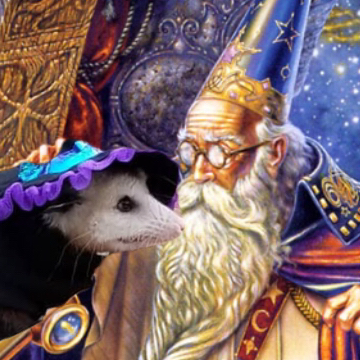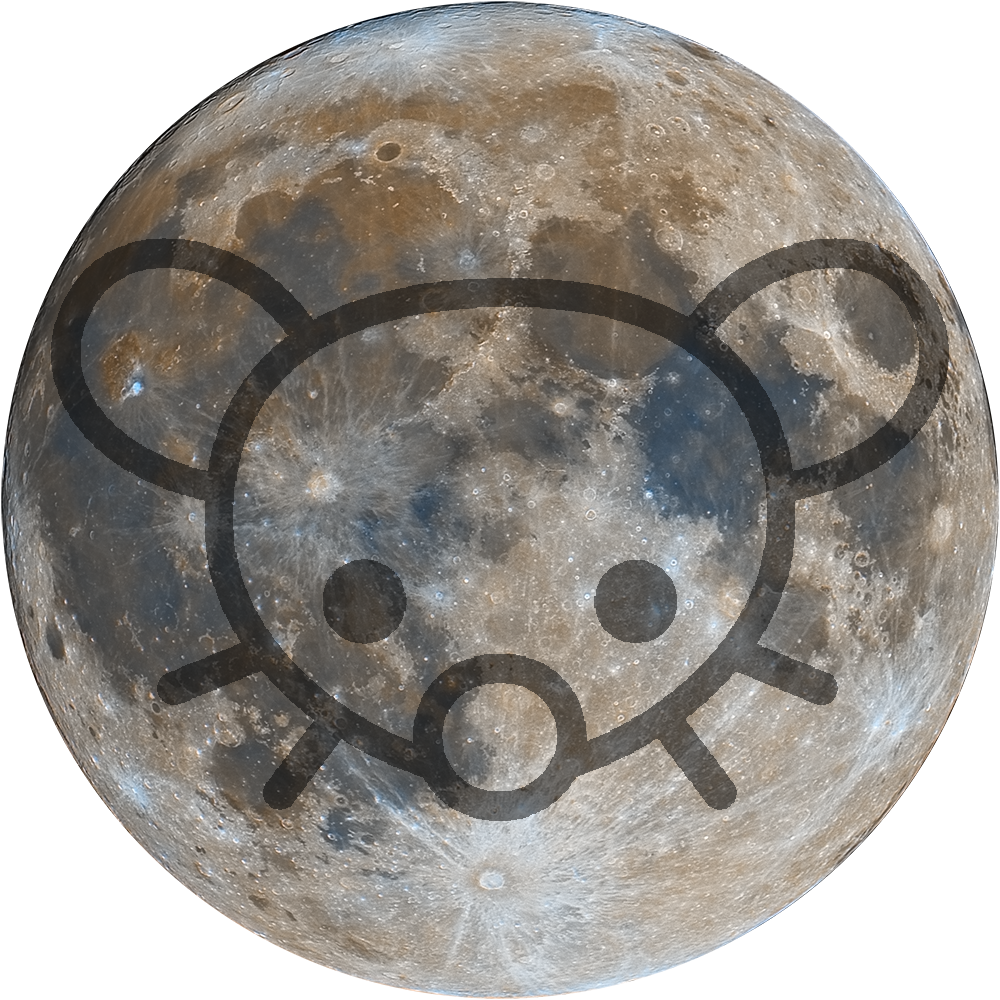- cross-posted to:
- [email protected]
- cross-posted to:
- [email protected]
M17 is also known as The Swan Nebula (the bright core is swan shaped, esp when viewed visually through a telescope). Also pictured it the M18 star cluster off to the right.
I originally shot this back in 2019 and decided to reprocess it since we have fun new tools and techniques (and I kinda know what I’m doing now with narrowband processing). I decided to keep the palettes similar overall, but with a less agressive stretch and more ‘natural’ look to the nebula. The noise reduction is a lot better when comparing the images at 1:1 (long gone are the days of TGV/MMT noise reduction!). Captured over 2 nights at the in May, 2019 from a Bortle 7 zone.
Places where I host my other images:
Equipment:
-
TPO 6" F/4 Imaging Newtonian
-
Orion Sirius EQ-G
-
ZWO ASI1600MM-Pro
-
Skywatcher Quattro Coma Corrector
-
ZWO EFW 8x1.25"/31mm
-
Astronomik LRGB+CLS Filters- 31mm
-
Astrodon 31mm Ha 5nm, Oiii 3nm
-
Agena 50mm Deluxe Straight-Through Guide Scope
-
ZWO ASI-120MC for guiding
-
Moonlite Autofocuser
Acquisition: 8 hours 10 minutes (Camera at Unity Gain, -15°C)
-
Ha- 42x300"
-
Oiii- 56x300”
-
Darks- 30
-
Flats- 30 per filter
Capture Software:
- EQMod mount control. Captured using N.I.N.A. and PHD2 for guiding and dithering.
PixInsight Processing:
-
BatchPreProcessing
-
Blink
-
ImageIntegration
-
DrizzleIntegration (2X, VarK 1.5)
-
DynamicCrop
-
DynamicBackgroundExtraction
duplicated each image and removed stars via StarXterminator. Ran DBE with a shitload of points to generate background model. model subtracted from original pic using the following PixelMath (math courtesy of /u/jimmythechicken1)
$T * med(model) / model
Narrowband Linear:
-
BlurXTerminator
-
NoiseXTerminator
-
STF Applied via HT to stretch nonlinear
Nonlinear:
- PixelMath to combine monochrone Ha and Oiii channels into color image (using ForaxX’s bicolor palette):
R = Ha
G= ((Oiii*Ha)^~(Oiii*Ha))*Ha + ~((Oiii*Ha)^~(Oiii*Ha))*Oiii
B = Oiii
-
SCNR Green
-
LRGBCombination with stretched Ha as luminance
-
Shitloads of curve transformations to adjust lightness, contrast, hues, saturation, etc
-
LocalHistoGramEqualization 2x - one at scale 16 for fine details and one at 512 for large structures
-
More curves
-
DarkStructureEnhance
-
MLT for small scale chrominance noise reduction
-
NoiseXTerminator
-
Even more curves, some masked to just the core of the nebula
-
Resample to 60%
-
Annotation
Fantastic work!
-
Breathtaking!



